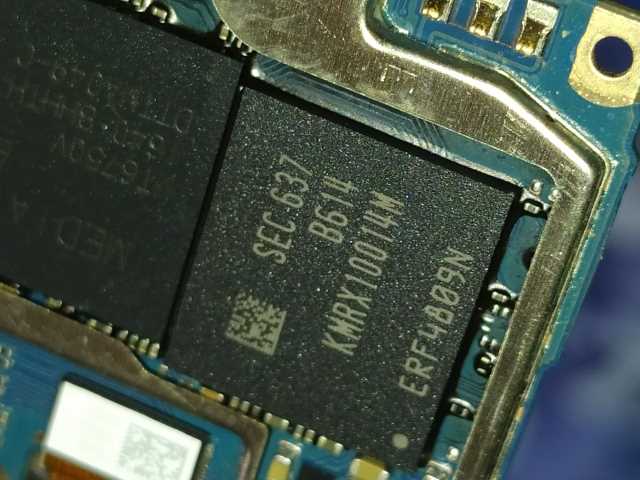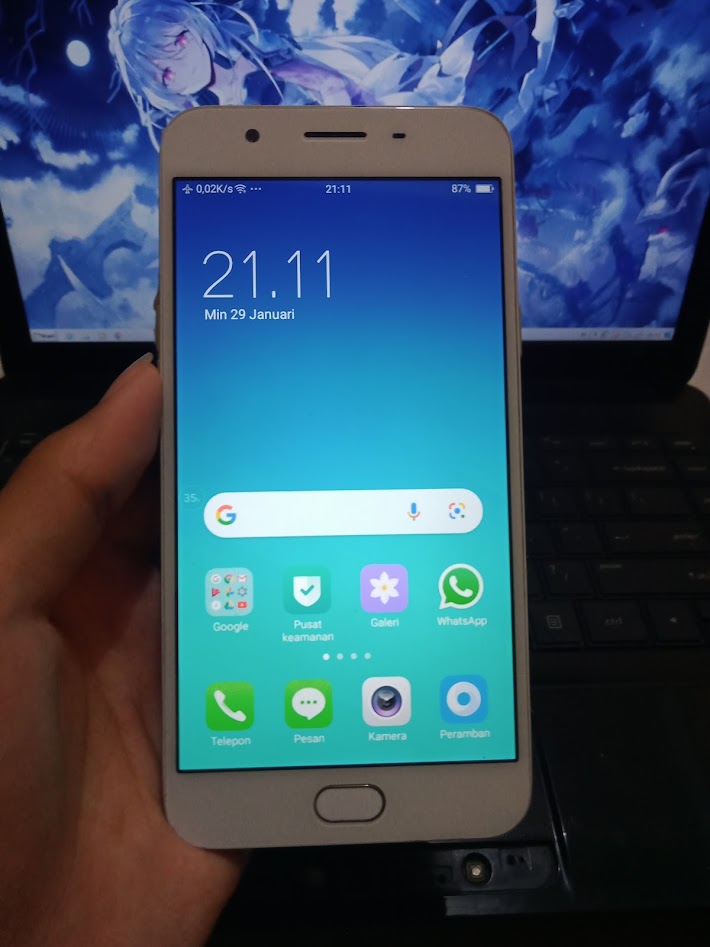Comparing: SK hynix H9TQ27ADFTMC vs Samsung KMRX10014M
In this comparison, we analyze two Disks: SK hynix H9TQ27ADFTMC and Samsung KMRX10014M, using synthetic benchmark tests to evaluate their overall performance. This side-by-side comparison helps users understand which hardware delivers better value, speed, and efficiency based on standardized testing. Whether you're building a new system or upgrading an existing one, this benchmark-driven evaluation offers valuable insights to guide your decision.

SK hynix H9TQ27ADFTMC
| Type: | Disks |
|---|---|
| Model: | SK hynix H9TQ27ADFTMC |
| Capacity: | 32GB |
| Interface: | eMMC |

Samsung KMRX10014M
| Type: | Disks |
|---|---|
| Model: | Samsung KMRX10014M |
| Capacity: | 32GB |
| Interface: | eMMC |
Specification Comparison Table
This specification comparison presents technical details of several devices or components to help you understand the key differences between each option. Use this table as a reference to determine which device best suits your needs.
| Specification | SK hynix H9TQ27ADFTMC | Samsung KMRX10014M |
|---|---|---|
| Brand | SK hynix | Samsung |
| Format | eMMC 5.1 | eMMC 5.1 |
| Capacity | 32GB | 32GB |
| Interface | eMMC | eMMC |
Submission Comparison Table
This submission comparison table displays the number and details of benchmark data submissions from various devices or components. This information helps you understand the performance based on the benchmarks that have been tested, as well as providing an overview of the consistency and popularity of the available benchmark results.
| No. | Benchmark Software | SK hynix H9TQ27ADFTMC | Samsung KMRX10014M |
|---|---|---|---|
| 1 | AnTuTu Benchmark v9 (Mobile) - Storage Test |
Read: 213.3 MB/s Write: 38.5 MB/s |
Read: 215.78 MB/s Write: 41.15 MB/s |
| 2 | Cross Platform Disk Test (Mobile) |
Read: 114.31 MB/s Write: 13.07 MB/s |
Read: 286.5 MB/s Write: 78.7 MB/s |
Submission Comparison Chart
This chart visualizes the benchmark scores comparison between two hardware devices based on submitted data.
Media Gallery
A collection of photos of tested hardware. These images can help you identify the physical form, model, and variant of the hardware in question. These photos are from our own documentation, and if they are not available we may not be able to document them.
About Hardware SK hynix H9TQ27ADFTMC
SK hynix H9TQ27ADFTMC is an eMMC (embedded MultiMediaCard) based storage chip designed for mobile devices and embedded systems. With NAND Flash technology, it offers an efficient and power-efficient internal storage solution for devices with light to medium computing needs. It has become a common choice in entry-level smartphones, tablets, and Internet of Things (IoT) devices, thanks to its combination of sufficient capacity, high endurance, and long-term stable performance.
As an internal chip, the H9TQ27ADFTMC comes in a small yet reliable package, combining the controller and flash memory in a single unit for easy integration in consumer devices. One of the main advantages of eMMC storage like this is low power consumption and better data access latency compared to traditional SD card-based storage.
The test was conducted on an OPPO A5s device, a smartphone with a MediaTek Helio P35 (MT6765) processor, 3GB of RAM, and 32GB of internal storage. The operating system used was Android 8 with the ColorOS 5.2 interface. The test was conducted after the device had been in use for more than four years, so performance results may have decreased due to NAND Flash degradation over time.
In testing using the Cross Platform Disk Test (Mobile), the read speed of 114.31 MB/s and write speed of 13.07 MB/s were obtained. These results show that despite its age, the eMMC's read performance is still quite good for activities such as opening applications, loading the system, and streaming light content.
As a first-in-class internal storage solution, the SK hynix H9TQ27ADFTMC is suitable for devices that require fixed (non-removable) internal storage capacity with high efficiency, low cost, and sufficient endurance for daily use. Although its write speed is not as fast as more modern UFS technology, eMMC remains a popular choice due to its stability and ease of integration in many low- to mid-end devices.
Device: OPPO A5s
CPU: MediaTek MT6765 Helio P35
RAM: 3GB
Storage: 32GB
OS: Android 8, ColorOS 5.2
* The test was conducted after the device was approximately 4 years old, perhaps the performance has decreased
Sunday, 08 September 2019 11:02:46 | Update: 1 month ago
About Hardware Samsung KMRX10014M
OPPO F1s eMMC 5.1 (Samsung KMRX10014M) is an internal storage chip made by Samsung that is used in the OPPO F1s smartphone. Relying on eMMC 5.1 technology, this chip offers increased data transfer speeds compared to the previous generation (eMMC 5.0), providing a smoother user experience, especially when it comes to opening apps, saving files, and running the Android operating system responsively.
Although not comparable to UFS (Universal Flash Storage) in terms of performance, eMMC 5.1 remains an economical storage solution for mid-range devices like the OPPO F1s. The technology is reliable enough to handle everyday activities such as opening social media, recording videos, taking photos, and storing documents and apps.
The test was conducted on an OPPO F1s device with MediaTek MT6750 specifications, 4GB of RAM, and 32GB of internal storage, running on the Android 6 operating system. The internal storage on the OPPO F1s uses the Samsung KMRX10014M chip, which is an early generation eMMC 5.1 with relatively high performance for the standards of its release time.
Interestingly, despite the device being over 7 years old, testing using the Cross Platform Disk Test (Mobile) showed read speeds of 286.5 MB/s and write speeds of 78.7 MB/s. These figures are impressive for an eMMC chip that has gone through a long usage cycle, and indicate that the Samsung KMRX10014M has good NAND Flash endurance.
Overall, the eMMC 5.1 on the OPPO F1s offers an ideal combination of power efficiency, moderately high performance, and low manufacturing costs. This makes it a very suitable solution for devices with standard to mid-range requirements, especially when first released. While eMMC performance may degrade with age, these benchmark results show that the chip is still capable of performing quite well even after many years.
Device test (testbed):
Device: OPPO F1s
CPU: MediaTek MT6750
RAM: 4GB
Storage: 32GB
OS: Android 6
* This test was conducted after the device was approximately 7 years old, which is likely to have degraded the performance of eMMC.
Friday, 19 November 2021 16:41:45 | Update: 1 month ago


